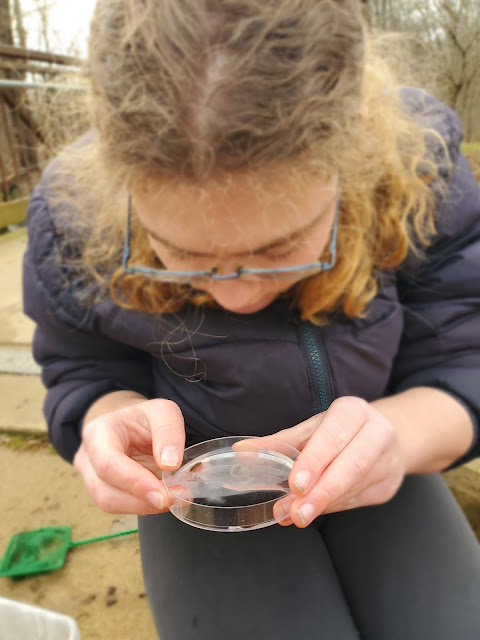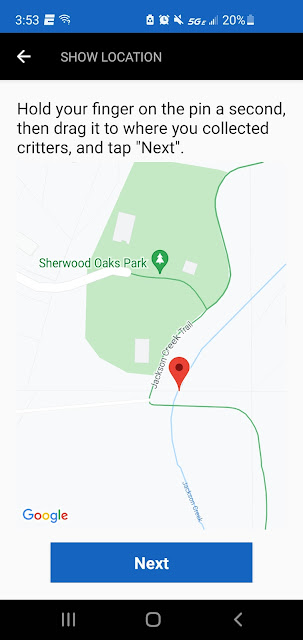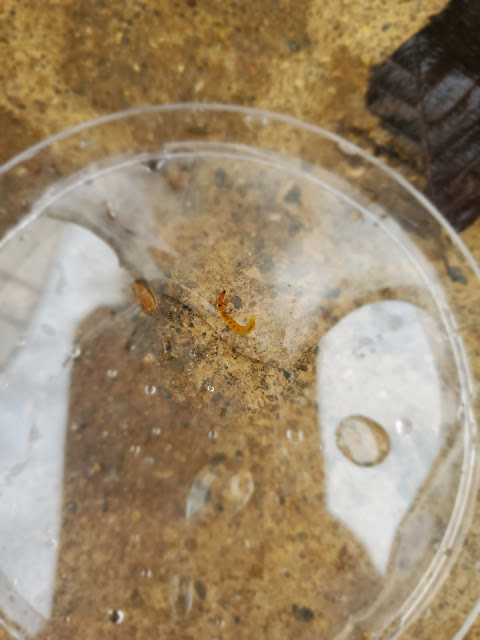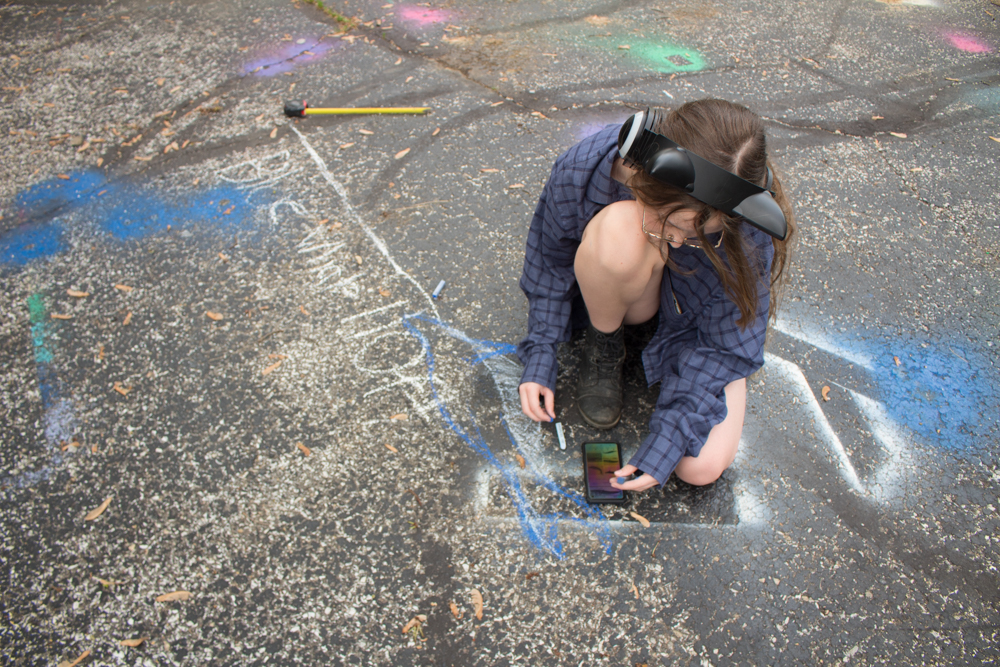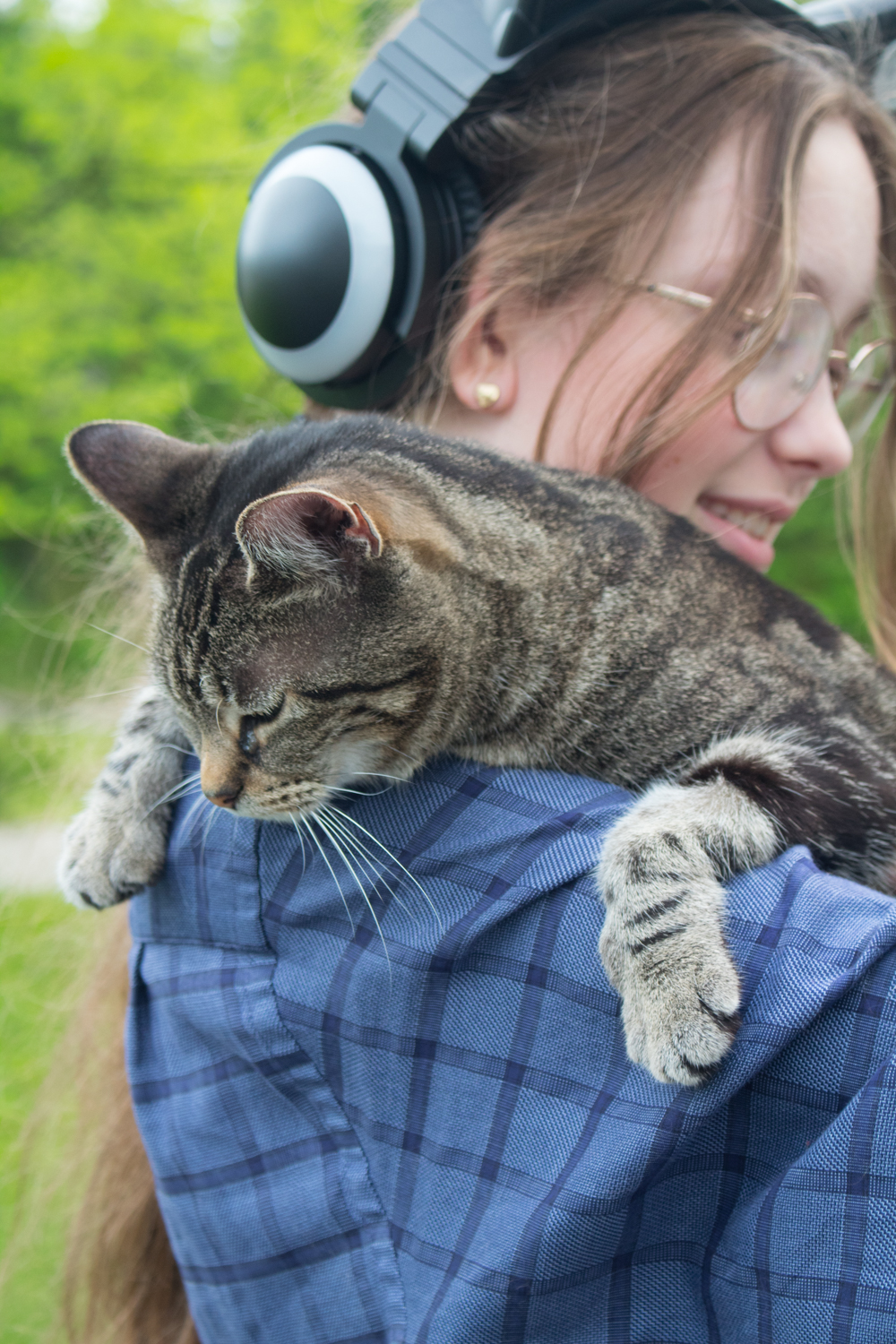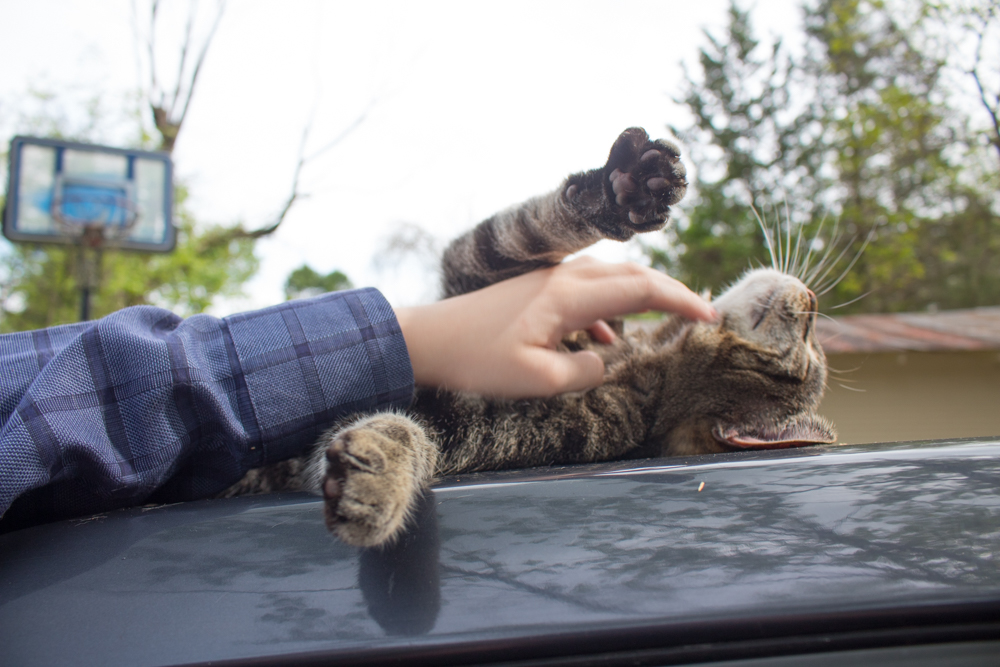With a multi-level Girl Scout troop, activities tend to snowball. I'm absolutely of the mindset that not everybody has to earn a badge for everything, but... to be honest, I'm actually not so much of that mindset in practice, not with my older Girl Scouts. It was different when they were Brownies and Juniors, we met up more often, and they were all eager beavers who could be counted on to also earn a ton of badges outside of meetings.
Now that they're all big kids, we don't meet up as often for badgework. The kids are all too busy with all their other kid stuff! Combine that with the fact that older Girl Scout badges are more work and take longer to earn, and these busy kids don't really earn them on their own at home, anymore, either.
So when we do make the time to meet together, in an activity that the kids have chosen and are enthusiastic about, then yeah, I want them all to be able to earn a badge for their work.
And because they're at three different levels, that means three different badges.
For this meeting, the activity that the kids were enthusiastic about was finding fossils in our local creek. One of our troop co-leaders is an expert in local fossils and spends much of her free time looking for them in the many creeks around town, so she and her Girl Scout took charge of the fossil activities. I added in water activities to fill in most of the rest of the steps to earn the Cadette Eco Trekker, Senior Eco Explorer, and Ambassador Water badges, and the kids collaborated on the activity for Step 5 for each badge.
Field Trip to a Local Creek: Cadette Eco Trekker Badge Step 1
I didn't discover creek stomping until I moved to this little Indiana town, but now it's one of my favorite activities. When my kids were small, I'd put them into their swim trunks and we'd all go down to our favorite creek. We probably never walked more than half a mile in either direction down the creek, but still we could stay there for most of the day, me reading on a bank while the kids splashed and fought and caught crawdads and minnows and filled their pockets with fossils and geodes.
It turns out that going to the creek with teenagers is much the same!
Lesson on Fossils and Geodes: Senior Eco Explorer Badge Steps 1-2, Ambassador Water Badge Step 1
My co-leader gave the kids a lecture on crinoids, the main fossil that we find locally. She showed them images of what crinoids looked like when they were alive and examples of fossils from her extensive collection. She can look at a fossil and tell you exactly what part of a crinoid it is, which is a super cool superpower!
Afterwards, the kids played in the creek and hunted for fossils and geodes:
I'm really glad that I remembered to bring
my rock hammer, because it was a hit (ba-dum-dum!)! Everybody likes bashing open a geode and seeing what magic is inside.
Stream Health Assessment and Water Quality Testing: Cadette Eco Trekker Badge Steps 3-4, Senior Eco Explorer Badge Steps 3-4, Ambassador Water Badge Steps 3-4
I get bored with the similar structure of Girl Scout badges, but it sure does help with a multi-level troop! Steps 3 and 4 of each badge ask the Girl Scout to explore and work on an ecosystem issue; for the Ambassadors, the issue must be water-related.
To complete these steps, I taught the troop how to conduct a visual stream assessment, combining
this worksheet with
this contextual information. We talked about floodplains, channelizing, banks and erosion, and habitats for macroinvertebrates. Our town just experienced a major flood, and its impact on numerous local businesses has been in the news, so we also discussed how proper stream management is crucial not just for the sake of the natural environment, but also for urban infrastructure. One of the flooded businesses is located directly on the floodplain of a creek, and our entire downtown, which flooded so quickly that patrons were trapped in bars and restaurants, sits directly on top of another creek that was closed in and covered by a heavily-trafficked street. The flash flooding was a big disaster, with one person dead and one business still closed due to the damage; if the city had respected the creek's floodplain and maintained its riparian buffer zone, it likely wouldn't have been so dangerous or caused so much damage.
If you want to add more context, particularly regarding your area's overall watershed,
these topographic maps are a great resource.
A visual assessment is a great way to monitor a stream's overall health, but you can't get the whole picture with just your eyes alone. I wanted the kids to get some experience conducting chemical analyses, so I walked them all through how to collect water samples, then we reconvened under a nearby picnic shelter and I taught them how to do several of the tests from my favorite water monitoring kit:
With the supplies that I had left after
Will's APES labs, the kids were able to test for dissolved oxygen, fecal coliform, nitrate, and pH. While we did the tests, we discussed the importance of dissolved oxygen, the fine line that is nitrate, and how fertilizer and sewage runoff are so dangerous partly because they're so nutritious for bacteria and algae, which will consume all the dissolved oxygen if they grow too much, and that will suffocate all the rest of the life in the stream.
Both the dissolved oxygen and nitrate results for our stream were shockingly low, and I am VERY curious about that!
Make an Art Project: Ambassador Water Badge Step 2
Fortunately, my co-leader is also an artist who works with fossils, and so she was able to set the kids up to make absolutely beautiful collages with some of their fossils and cool rocks:
The kids had a fabulous time with this activity as they explored aesthetically-pleasing ways to display their collections. Some kids made collages in pendants, some made collages in frames, and some organized their collections in little bottles. They all turned out so cute!
Share What You Learned: Cadette Eco Trekker Step 5, Senior Eco Explorer Step 5, and Ambassador Water Badge Step 5
All the badges we covered have, for their final step, an activity that encourages the kids to pass on their knowledge, teach someone, educate, inspire, etc. Girl Scouts really encourages kids to find their voices, and older kids, especially, are often asked to try their hands at mentoring or teaching.
The kids in my troop each completed this final step independently, although we talked about possible avenues for sharing while they worked on their art projects, and they edited a Google Doc of ideas and possible scripts together. We brainstormed possibilities like writing a letter to our local Parks and Recreation Department informing them of the results of our water quality testing, writing a letter to the newspaper, making a flyer or brochure and displaying it or passing it around, writing a Google Maps review of the park with our water quality test results included, and other ideas. When we meet again, they can share what they shared!
When I teach kids, I always wonder if the info stuck. Did they learn anything, or were they just along for the ride? Did they understand the importance of dissolved oxygen and nitrates, or were they just dropping tablets into water and looking at the pretty colors? After all, I know well that a polite, biddable kid can act like they're 100% with you, doing everything you ask, with their eyes glazed over and cartoons playing in their head.
HOWEVER... this morning, my kids and I spent a couple of hours at a local park, hanging out with friends while Will completed a science lab (nectar guides for the win!). On the walk back to the car, we went across a pedestrian bridge over one of our town's many, many creeks. I stopped to look down at the water, and the kids stopped with me.
"Hmmm," one said. "This creek has definitely been channelized. And it doesn't have a very good riparian buffer zone."
"It's got fish, though, so it must have some habitat for macroinvertebrates."
"It could just be a hardy species."
"Look at that bank erosion!"
Yeah, I think they earned that Girl Scout badge!
